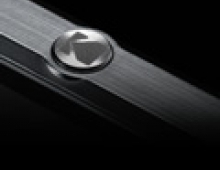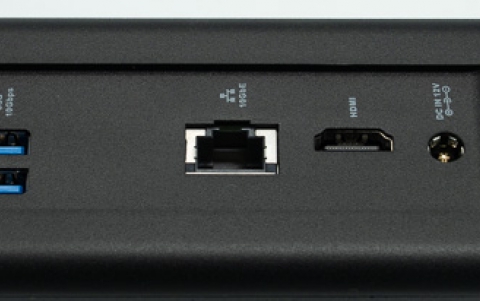
New Kodak CD-PROM Technology Combines Two CDs In One New Disc
Kodak CD-PROM technology (for Compact Disc-Programmable ROM) combines the technologies of two CDs in one new type of media.
It contains mass-replicated information, like the software titles, music and games published on CD-ROM. But these discs add a new feature--a recordable area that lets CD-PROM users customize individual discs.
The 120 mm hybrid disc allows multi-session recording and has a capacity of 680 MB. The space devoted to pre-mastered and recordable information can vary based on the needs of the application.
The technology uses modulated grooves that have the appearance of pits (like CD-ROM discs) and grooves (like CD-R discs) so that the disc can have a pre-stamped area and be appendable for writing. Kodak employs a stabilized cyanine dye across the disc. A gold reflective layer is used for the optimal combination of stability and reflectivity, enabling the reader to read the "pits" through the dye layer and a writer to write on the disc.
Kodak tests indicate that the discs perform as well as, or better than, current CD-R and CD-ROM media in playback compatibility, stability, robustness, error rates and other important measures.
The 120 mm hybrid disc allows multi-session recording and has a capacity of 680 MB. The space devoted to pre-mastered and recordable information can vary based on the needs of the application.
The technology uses modulated grooves that have the appearance of pits (like CD-ROM discs) and grooves (like CD-R discs) so that the disc can have a pre-stamped area and be appendable for writing. Kodak employs a stabilized cyanine dye across the disc. A gold reflective layer is used for the optimal combination of stability and reflectivity, enabling the reader to read the "pits" through the dye layer and a writer to write on the disc.
Kodak tests indicate that the discs perform as well as, or better than, current CD-R and CD-ROM media in playback compatibility, stability, robustness, error rates and other important measures.


















